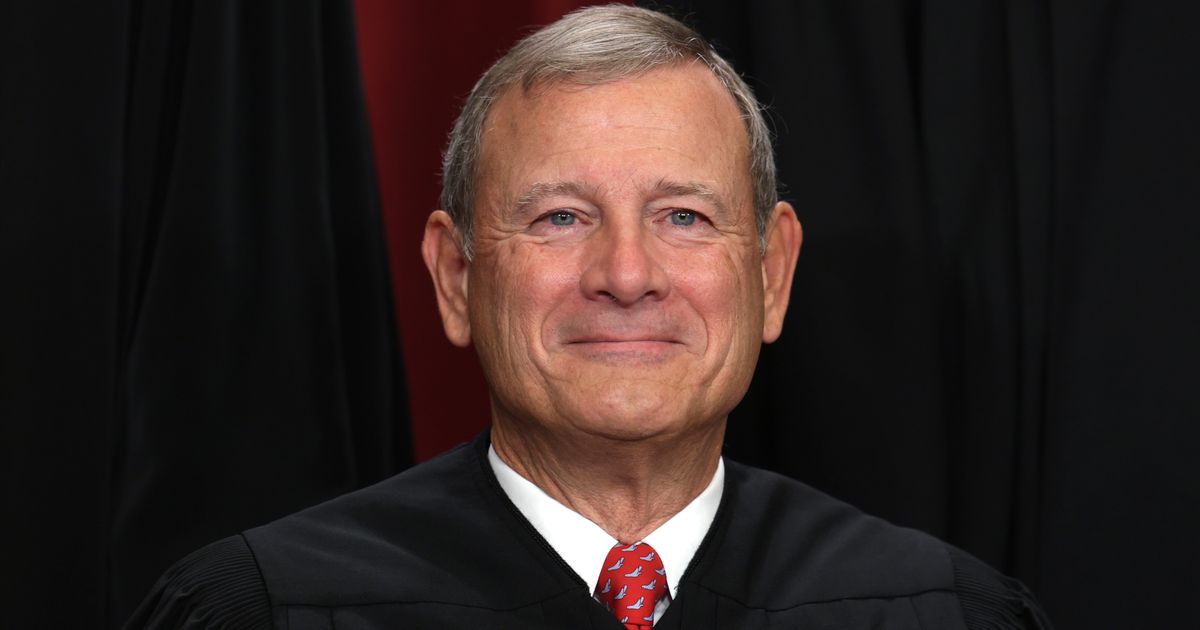Joe Biden’s addled, halting debate performance on Thursday night is getting a lot of media attention today. That’s fine, given the profound questions it raises about his abilities to conduct a successful campaign.
But a Supreme Court decision Friday morning gutting federal regulatory power isn’t getting nearly as much attention. That’s not fine, given the profound ways it could affect everyday Americans.
Friday’s ruling upended what’s called the “Chevron doctrine,” a long-standing legal principle that gave federal agencies broad discretion to interpret the instructions Congress hands them for writing rules and regulations.
That might sound obscure or technical. It isn’t. In fact, it’s hard to overstate how important Chevron has been to the basic functioning of government, for reasons my HuffPost colleague Paul Blumenthal has spelled out.
When Congress writes laws to guarantee clean drinking water, for example, or to protect consumers from fraud, those instructions will inevitably leave executive branch agencies room for interpretation ― in part, because lawmakers recognize they don’t really have enough expertise or clairvoyance to get that detailed.
Under the Chevron doctrine, which dates back to a 1984 Supreme Court ruling involving the Chevron oil company, agencies had wide leeway to interpret lawmakers’ instructions and proceed accordingly. Those interpretations could be challenged in court, but under Chevron, judges would defer to agencies as long as they thought the agencies were being “reasonable.”
Chevron has been the foundation for all kinds of rules that affect everyday life. Emission limits on vehicles, safety standards for food and drugs, guidelines for broadband access ― in all of these instances and many, many others, the agencies writing the rules used the authority they got from Chevron.
Now that authority is gone. The question is what effects the decision will have ― and what reaction, if any, it will provoke from the voters.
A Ruling ― And A Revolution ― 50 Years In The Making
In Friday’s 6-3 decision, Chief Justice John Roberts said it’s up for Congress to specify what it wants agencies to do, and then up to the courts to sort out ambiguities over what those instructions mean. In other words, agencies can’t preemptively make those decisions in the way they could before.
As Paul explains in his analysis, the decision represents “a major power grab by the judicial branch, which will now play a bigger role as the final arbiter over which new regulations are allowed to stand and which will be struck down.”
Friday’s ruling comes just one day after yet another opinion limiting the power of federal agencies, and two years after a major case that restricted the EPA’s authority. Nobody can know for sure what effect they will have cumulatively, but most likely they will make agencies a lot more skittish about issuing new rules ― which is to say, the federal government is going to do a lot less regulating in the future.
Of course, this is very much the point, and what conservatives have been trying to do for decades.
It’s part of a broader effort to roll back the powers that the federal government gained in the 20th Century, via the New Deal and then the Great Society. That effort has included the creation of right-wing think tanks, support for legal researchers developing anti-regulatory arguments and the financing of political candidates who would put conservative jurists on the bench.
It’s taken more than 50 years and a whole lot of money from big business, which is eager to operate without so much regulatory interference. But with these new Supreme Court decisions, the effort appears to have succeeded.
“This is an avowed agenda of the conservative legal movement to increase judicial constraints on agency action,” Nicholas Bagley, a University of Michigan law professor who has written extensively on Chevron, told me Friday. “The idea is that doing so is going to enhance liberty, it’s going to reduce intrusive government regulation, it’s going to make agencies behave more reasonably and rationally. But at the end of the day, what it truly accomplishes is the enfeebling of collective governance.”
Part of Roberts’ logic is that Chevron put too much power in the hands of federal agency experts, who are not directly accountable to the public.
But judges have even more freedom to defy public opinion, as this conservative court has done a lot lately ― most famously two years ago in its Dobbs decision, which eliminated the federally guaranteed right to abortion.
The popular backlash to Dobbs helped Democrats to elect a number of federal and state officials, who since then have used their powers to restore some of the abortion right protections the Supreme Court took away.
At least in theory, this week’s rulings could produce a backlash of their own. But first voters would have to recognize that the federal government’s power to protect them was under assault from conservative justices — and who put those justices on the bench.







